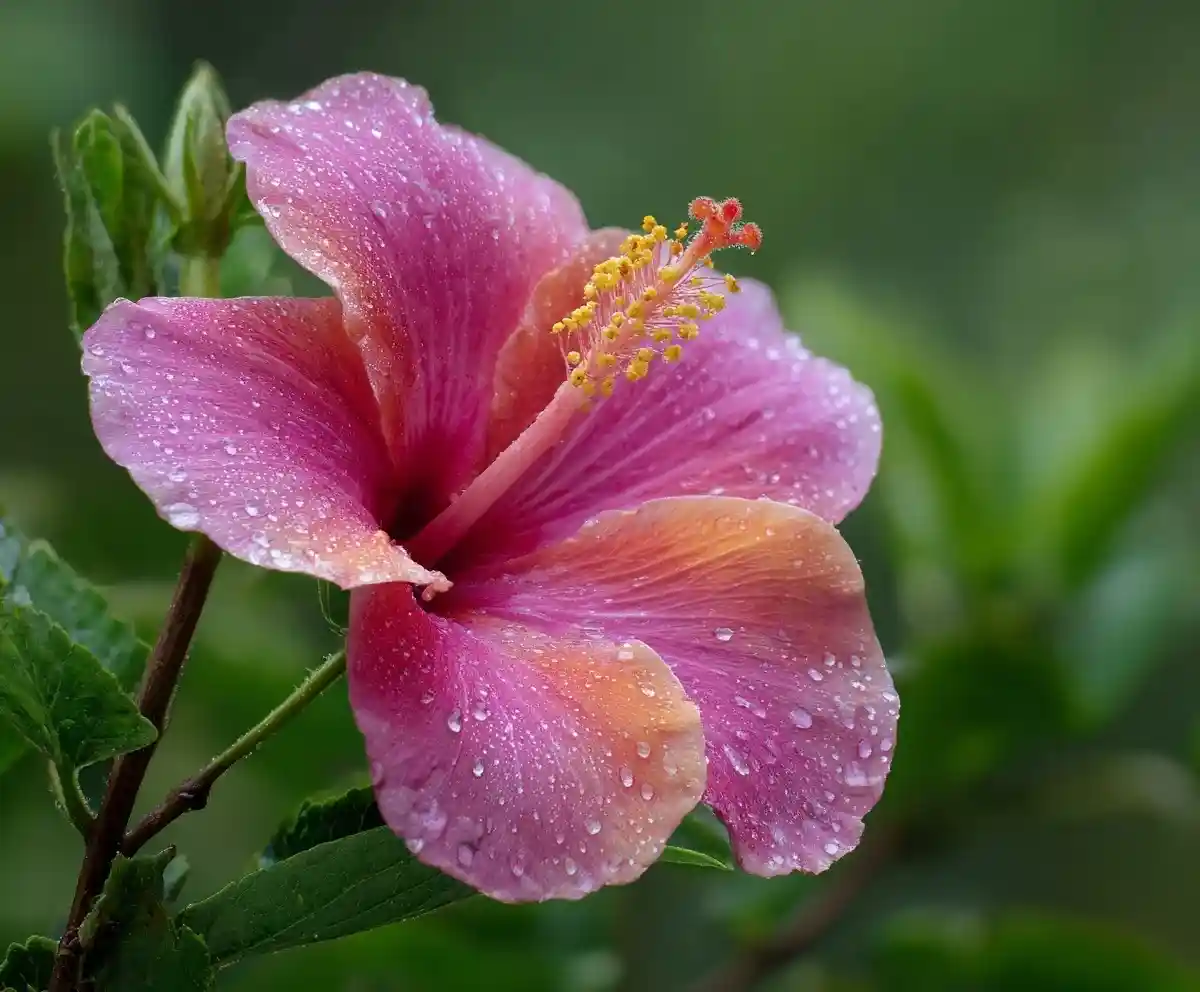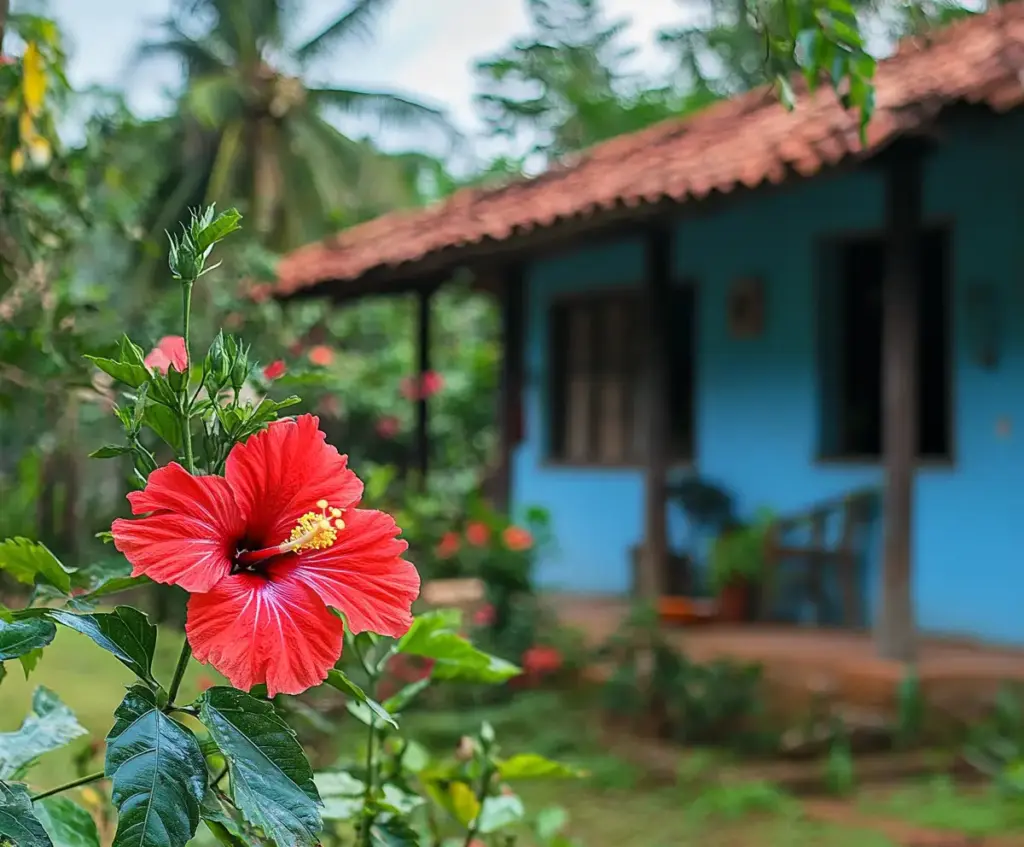Looking to add tropical flair and eye-catching blooms to your garden? Learning how to grow and care for hibiscus is a rewarding way to enjoy vibrant flowers and lush greenery all season long. Whether you’re in a warm southern climate or working with colder northern conditions, hibiscus plants offer options for nearly every garden setup. With the right care—sunlight, water, and pruning—you’ll be rewarded with stunning blooms that attract butterflies and hummingbirds alike.
Let’s dive into everything you need to know to grow healthy, flourishing hibiscus plants at home.
🌞 Hibiscus Care Basics
Hibiscus plants can thrive both outdoors and indoors, depending on the variety and your location. But regardless of type, they all share a few core needs that make the difference between a struggling plant and one that bursts into color.
🌤 Light Requirements
- Northern regions: Full sun is best—aim for at least 6–8 hours daily.
- Southern or hot zones: Filtered sunlight or partial shade helps prevent leaf scorch.
- Indoor hibiscus: Place near a bright window, but avoid harsh direct sun.
🌿 Pro Tip: If you move your hibiscus outdoors for summer, introduce it gradually to brighter light to avoid stress.
🌱 Soil Preferences
- Hibiscus loves moist, loamy, well-draining soil.
- Slightly acidic pH is preferred (between 6.0 and 7.0).
- For soggy spots, hardy hibiscus thrives even in wet soils where other plants may fail.
💧 Watering Needs
- Hibiscus is thirsty! Keep the soil consistently moist—but not waterlogged.
- Container plants should be watered when the top inch of soil dries out.
- In hot summer months, daily watering may be needed, especially for potted plants.
💧 Use mulch to help retain moisture and regulate soil temperature.
🌡 Temperature & Humidity
- Hardy hibiscus: Handles cold temps, even down to -30°F.
- Tropical hibiscus: Sensitive below 50°F—bring indoors before first frost.
- All hibiscus love high humidity, making bathrooms or humid rooms perfect for indoor plants.
🌸 Fertilizing Tips
- Use a low-phosphorus, high-potassium fertilizer (like 10-4-12 or 12-4-18).
- Tropical hibiscus: Fertilize monthly during spring to fall.
- Hardy hibiscus: Apply fertilizer 2–3 times a year, especially in early spring and mid-summer.
- Liquid fertilizer diluted weekly helps encourage steady blooming.
🌺 Popular Types of Hibiscus (And Which One’s Right for You)

When exploring how to grow and care for hibiscus, it helps to know which type best fits your garden space and climate. Hibiscus isn’t a one-size-fits-all plant—some thrive in freezing winters, while others crave constant warmth. Let’s look at the four most popular types of hibiscus, each with their own charm and growing needs.
🌴 1. Tropical Hibiscus (Hibiscus rosa-sinensis)
- Zones: USDA 9–11 (frost-sensitive)
- Best for: Warm climates or as a container plant brought indoors in winter
- Bloom time: Spring through fall (nearly year-round in frost-free zones)
- Highlights: Glossy green foliage and bold, showy blooms in a variety of colors
- Care tip: Needs bright light and warm temps—ideal for patios and sunny windows
❄️ 2. Hardy Hibiscus (Hibiscus moscheutos)
- Zones: USDA 4–9
- Best for: Cold climates and perennial garden beds
- Bloom time: Mid-summer to first frost
- Highlights: Dinner-plate-sized flowers with delicate, ruffled petals in pink, red, and white
- Care tip: Dies back in winter but regrows each spring with proper pruning
💧 3. Swamp Hibiscus (Hibiscus coccineus)
- Zones: USDA 6–9
- Best for: Moist or boggy areas
- Bloom time: Summer
- Highlights: Unique, pinwheel-shaped red flowers and tall, upright growth
- Care tip: Thrives in wet soil—great near ponds or rain gardens
🌸 4. Cotton Rose (Hibiscus mutabilis)
- Zones: USDA 7–11
- Best for: Mild climates or containers
- Bloom time: Late summer to fall
- Highlights: Color-changing blooms that shift from white to pink to deep rose in 1–3 days
- Care tip: Protect from cold; provide consistent moisture and warmth
✂️ Pruning and Propagating Hibiscus
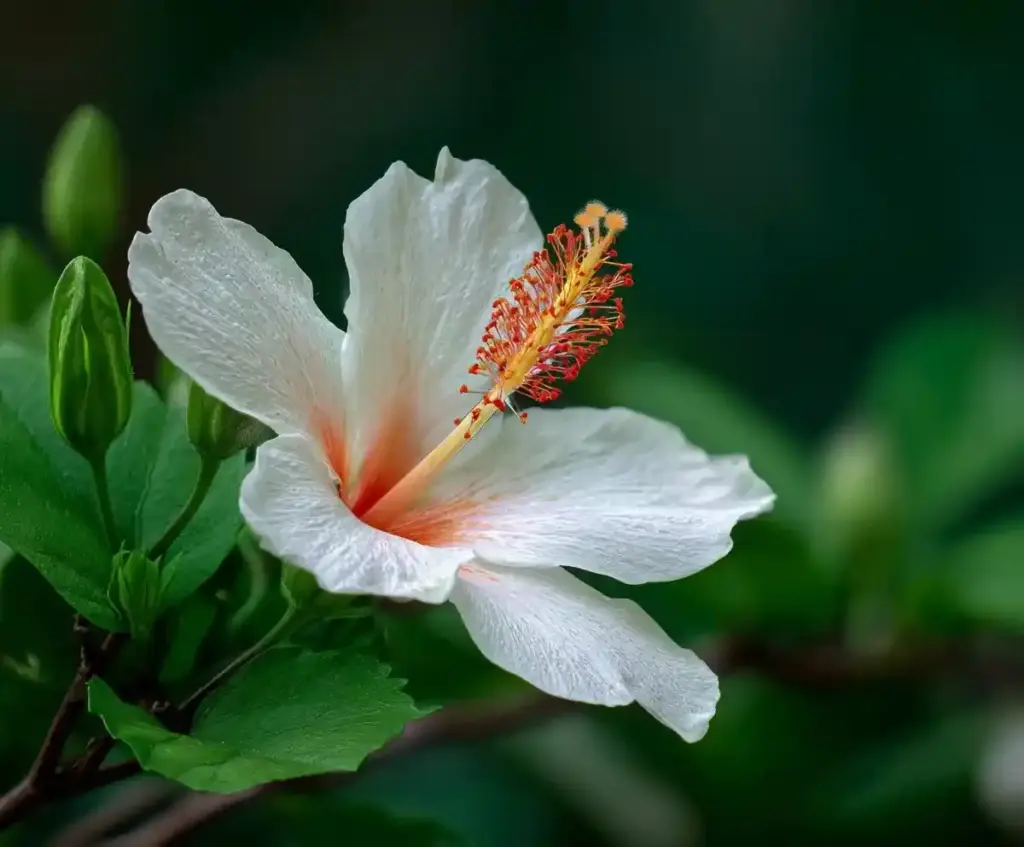
Part of learning how to grow and care for hibiscus is knowing when—and how—to prune and propagate your plants. A well-timed trim can keep your hibiscus blooming beautifully, while propagation lets you expand your collection or share plants with friends.
🌱 Pruning Hibiscus: Why and When to Do It
Regular pruning isn’t just about shape—it encourages new growth, more flowers, and overall healthier plants.
General Pruning Guidelines:
- Tropical hibiscus: Prune in early spring once frost danger has passed.
- Hardy hibiscus: Cut back dead stems in late winter or early spring. Most hardy types die back to the ground each year anyway.
- Indoor plants: Light pruning throughout the year helps control size and promotes bushiness.
What to Remove:
- Dead or damaged stems
- Crossing branches
- Spent blooms (aka deadheading)
🛠 Bonus Tip: Deadheading regularly not only improves appearance—it also helps the plant focus energy on new blooms.
🌿 How to Propagate Hibiscus
There are two main ways to propagate hibiscus: from stem cuttings or seeds. The method you choose depends on the type you’re growing.
🌱 Propagating from Cuttings (Most Common)
- Best for: Tropical and hardy hibiscus
- Take a 4–6 inch stem cutting from healthy growth
- Remove lower leaves and dip the cut end in rooting hormone
- Plant in moist, well-draining potting mix and cover with a plastic dome or bag to retain humidity
- Place in a warm, bright spot out of direct sun
- Roots typically form in 3–6 weeks
🌰 Propagating from Seeds
- Best for: Swamp hibiscus and roselle (Hibiscus sabdariffa)
- Seeds should be lightly scarified (gently sanded) and soaked before planting
- Sow in seed-starting mix and keep warm and moist
- Expect germination within 2–4 weeks
⚠️ Note: Many hybrid hibiscus varieties won’t grow “true” from seed. Use cuttings if you want to preserve specific bloom traits.
🪴 Potting, Repotting, and Overwintering Hibiscus
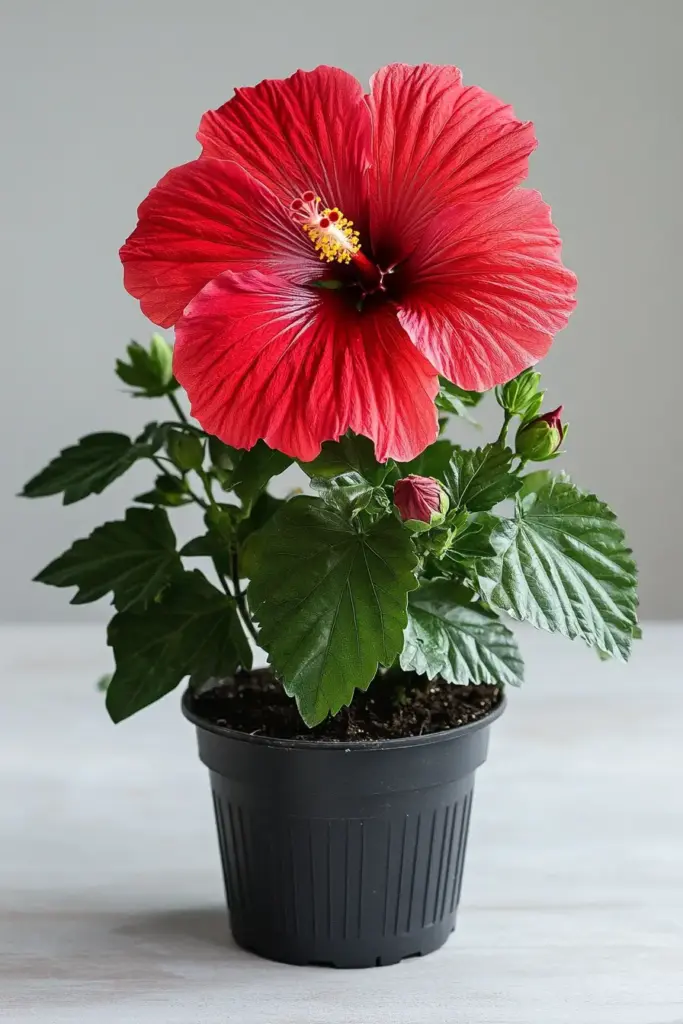
Whether you’re growing tropical hibiscus in pots or want to keep your hardy variety contained, proper potting and winter care are essential parts of learning how to grow and care for hibiscus. Here’s how to keep your potted plants thriving year-round.
🪴 Choosing the Right Pot
- Use a wide, shallow container—hibiscus prefers horizontal root space over deep pots.
- Ensure your pot has excellent drainage holes to prevent root rot.
- For best results, use a well-draining, loamy potting mix enriched with organic matter.
🌱 Pro Tip: A slightly acidic pH (around 6.0–6.5) keeps hibiscus roots happiest.
🔁 When and How to Repot Hibiscus
- Every 1–2 years is ideal, typically in early spring before new growth kicks in.
- Signs it’s time to repot:
- Roots growing out of drainage holes
- Soil dries out too quickly
- Plant appears top-heavy or stunted
- Select a new pot just one size larger than the current one to prevent over-potting.
Steps to Repot:
- Gently remove the plant and shake off old soil.
- Prune back any circling or damaged roots.
- Place into a fresh pot with new soil and water thoroughly.
🥶 Overwintering Tropical Hibiscus Indoors
If you’re growing tropical hibiscus outside in summer, you’ll need to bring it indoors before temperatures drop below 50°F.
Indoor Winter Care Tips:
- Trim the plant back by about one-third to conserve energy.
- Rinse the leaves with water or spray with insecticidal soap to remove any pests.
- Place in a bright indoor spot with indirect sunlight.
- Reduce watering—allow the soil to nearly dry out between drinks.
- Stop fertilizing until spring.
🍂 Expect some leaf drop—it’s normal during dormancy. Your hibiscus will bounce back in spring.
🌸 How to Encourage Hibiscus Blooms (and Troubleshoot Problems)
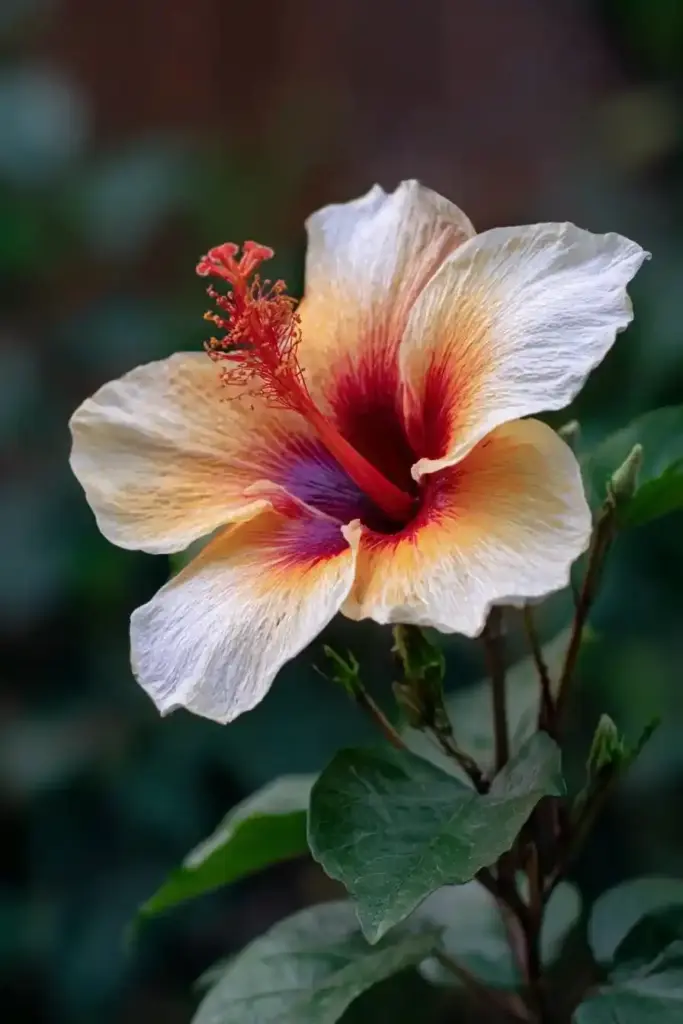
One of the best parts of learning how to grow and care for hibiscus is watching those eye-popping flowers open up. But what if your plant isn’t blooming—or suddenly starts looking sad? Let’s troubleshoot some common issues and share tips to keep your hibiscus flowering happily all season.
🌼 When Does Hibiscus Bloom?
- Tropical hibiscus: Blooms from spring through fall—sometimes year-round in warm, frost-free areas.
- Hardy hibiscus: Blooms from mid-summer until first frost.
- Most hibiscus flowers last just one day, but the plant continues producing new buds in waves.
🌟 Tips to Get More Blooms
Want to boost flowering? These key practices make a big difference:
- Provide enough sunlight: Hibiscus needs at least 6 hours of bright light daily.
- Use bloom-boosting fertilizer: Choose a formula low in phosphorus and high in potassium (e.g., 10-4-12).
- Deadhead regularly: Remove spent flowers to redirect energy into producing new buds.
- Avoid over-pruning during active growth—cutting too much can delay flowering.
- Check pot size: Over-potted plants focus more on roots than blooms.
💡 Weekly feeding with diluted liquid fertilizer during the growing season can significantly enhance flowering.
🚨 Common Hibiscus Problems (and Fixes)
Even a well-loved hibiscus can throw a curveball now and then. Here are the most common issues—and how to fix them:
🍃 Yellow Leaves
- Could be caused by:
- Overwatering or underwatering
- Sudden temperature swings
- Nutrient deficiencies
- Solution: Adjust watering, feed with a balanced fertilizer, and avoid sudden environment changes.
🌡 Bud Drop
- Often due to:
- Inconsistent watering
- Low humidity
- Insufficient light or cold drafts
- Solution: Maintain even moisture, increase humidity, and ensure bright light (especially indoors).
🐛 Pests
- Spider mites and aphids are the most common offenders.
- Look for:
- Sticky residue on leaves
- Tiny dots or webbing
- Solution: Use insecticidal soap or rinse leaves with a strong blast of water weekly.
🦌 Deer resistance varies by species—check plant labels if this is a concern in your area.
✅ Is Hibiscus Right for You?
If you’re considering adding hibiscus to your garden, here’s a quick rundown to see if it’s a good fit for your space and lifestyle.
🌿 Choose Hibiscus If:
- You want a vibrant, showy plant that attracts pollinators like butterflies and hummingbirds
- You’re willing to water regularly and offer consistent care
- You need a plant that can handle humid or wet areas
- You live in colder zones and want a perennial that dies back and returns (hardy varieties)
- You love container gardening and have a bright indoor spot for winter (tropical varieties)
🌼 Hibiscus is especially great for anyone who loves dramatic, colorful blooms and doesn’t mind a bit of seasonal TLC.
🌟 Final Thoughts: A Bloom Worth Growing
Hibiscus plants are more than just eye candy—they’re versatile, resilient, and deeply rewarding for gardeners of all levels. Once you know how to grow and care for hibiscus, you’ll enjoy an explosion of tropical color that brightens up patios, balconies, and garden beds alike.
Whether you’re overwintering tropical hibiscus in a sunny room or enjoying hardy blooms through your northern summer, these plants are sure to become a standout feature in your garden.

